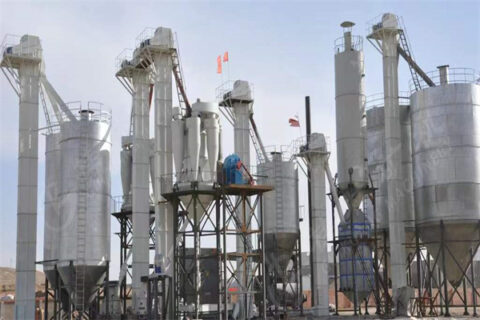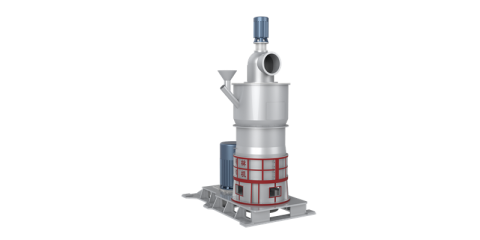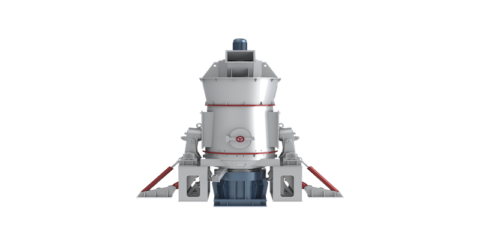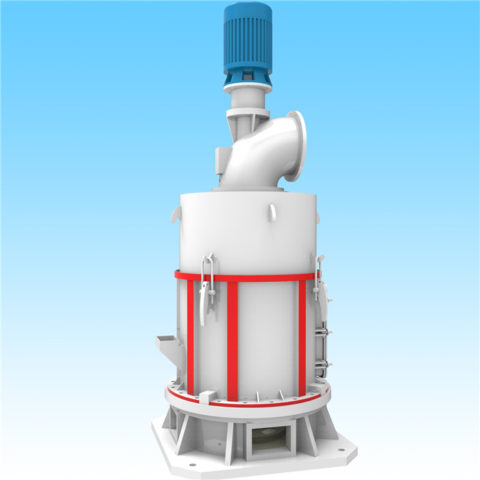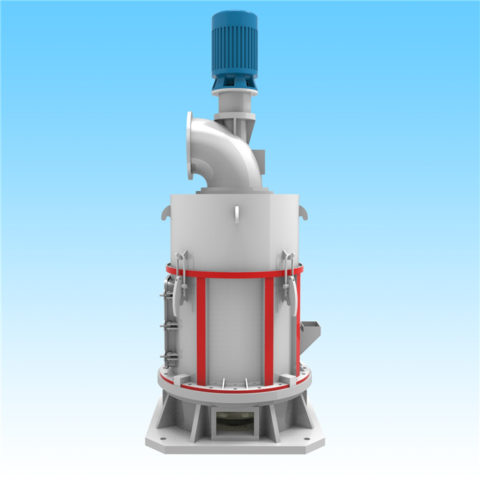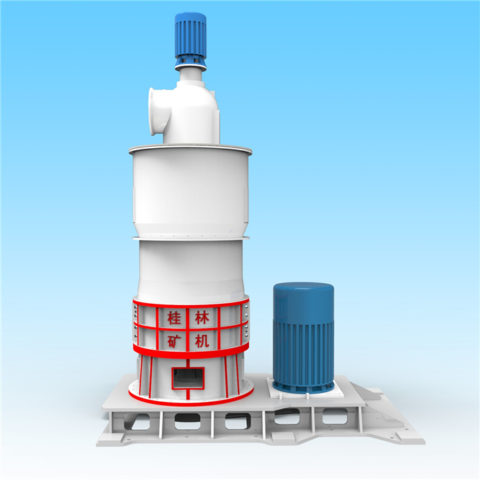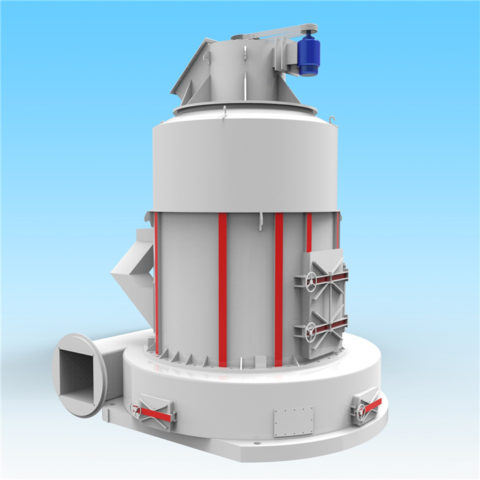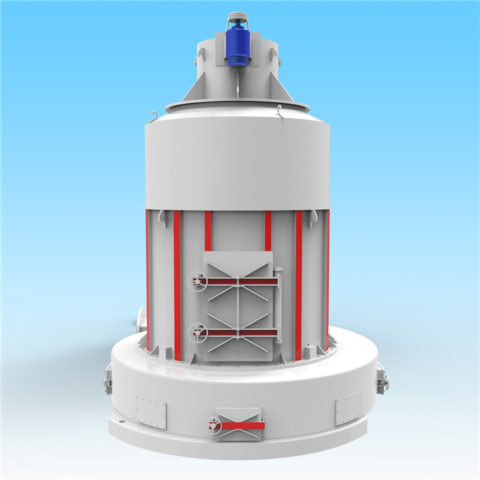1, Glass application
Depending on the content, purity and chemical composition of the glass, silica sand can be used to make different types of glass, as well as glass instruments and daily utensils made of glass, such as glasses, spectacles, microwave oven turntables, mobile phone screens, etc.
2, Ceramic applications
The whiteness of ceramics has an important influence on its quality. In order to improve its whiteness, adding some silica sand to the ceramic raw materials can also reduce the drying time of the ceramic body and avoid cracks caused by too slow drying. At the same time, after adding silica sand, the peeling phenomenon of the ceramic surface will disappear, so the addition of silica sand improves the quality of ceramics to a great extent.
3, Casting applications
In terms of physics, silica sand has the characteristics of thermal shock resistance and high hardness, and has special properties, so it has a great application in the casting of mold cores and molds. Casting has higher requirements on the physical properties of silica sand, such as the particle size and shape of silica sand.
4, Aerospace applications
Because silica sand has good piezoelectric effect, high insulation, corrosion resistance, high temperature resistance and other properties, which are not found in other materials, it has very important applications in aviation and aerospace.
5, Construction applications
Silica sand is most commonly used in construction. For example, when building houses and roads, adding a certain proportion of sand to cement and concrete can make walls and roads stronger and prevent cracks from appearing.
6, Other applications
In addition, there are some other special applications, such as sandpaper, gauze and other abrasive materials; adding silica sand to plastics can improve the wear resistance of plastics.

